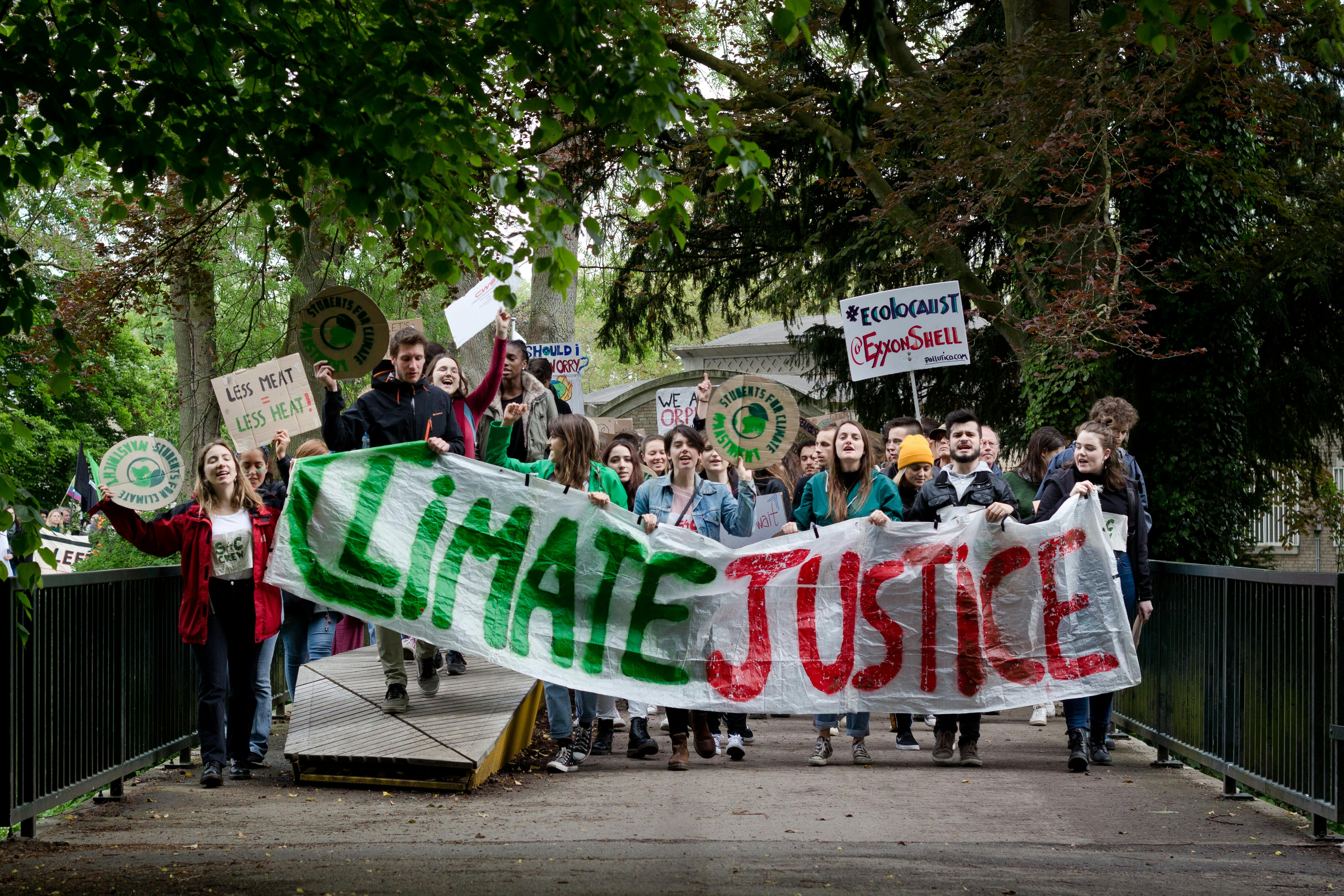The Emergence of Environmental Justice in US Law
Environmental justice is a concept that has slowly been gaining recognition within the US legal landscape. Its emergence marks a significant development in the way society and the legal system perceive and address the environmental impact on communities, particularly those that are disadvantaged.

A Historical Perspective
The term “environmental justice” first appeared in the 1980s, following a series of protests against the placement of hazardous waste sites in predominantly minority communities. It was then that grassroot organizations began to fight against the disproportionate environmental burdens borne by low-income and minority communities. This struggle eventually led to the recognition of environmental justice as a legitimate concern in the eyes of federal law.
The Birth of Environmental Justice Law
In 1994, President Bill Clinton signed Executive Order 12898, marking the first federal policy specifically addressing environmental justice. This order directed federal agencies to consider the effects of their activities on minority and low-income populations, setting a new standard for environmental decision-making.
Recent Developments and Current State
In recent years, the concept of environmental justice has further permeated the legal sphere. Courts have started to apply the principles of environmental justice in their decisions. For example, in the 2017 case of South Camden Citizens in Action v. New Jersey Department of Environmental Protection, the court recognized that the state’s permitting process had a discriminatory effect, violating the rights of the city’s predominantly minority residents.
The Impact of Environmental Justice Law
The recognition of environmental justice has profound implications for the legal system and society. It affects how courts interpret laws and regulations, how agencies make decisions, and how businesses operate. It ensures that the environmental impact on communities is considered in decision-making, helping to prevent the disproportionate burdening of disadvantaged communities.
The Future of Environmental Justice Law
The field of environmental justice law continues to evolve. As society’s understanding of environmental issues deepens, and as the effects of climate change become more pronounced, the importance of environmental justice is likely to continue to grow.
In conclusion, the emergence of environmental justice in US law marks a significant shift in the legal landscape. From its roots in grassroots activism to its increasing recognition in court decisions, environmental justice is transforming how law and society address environmental issues. This development holds promise for a more equitable future, where the burden of environmental harm is not disproportionately borne by the most vulnerable among us.




